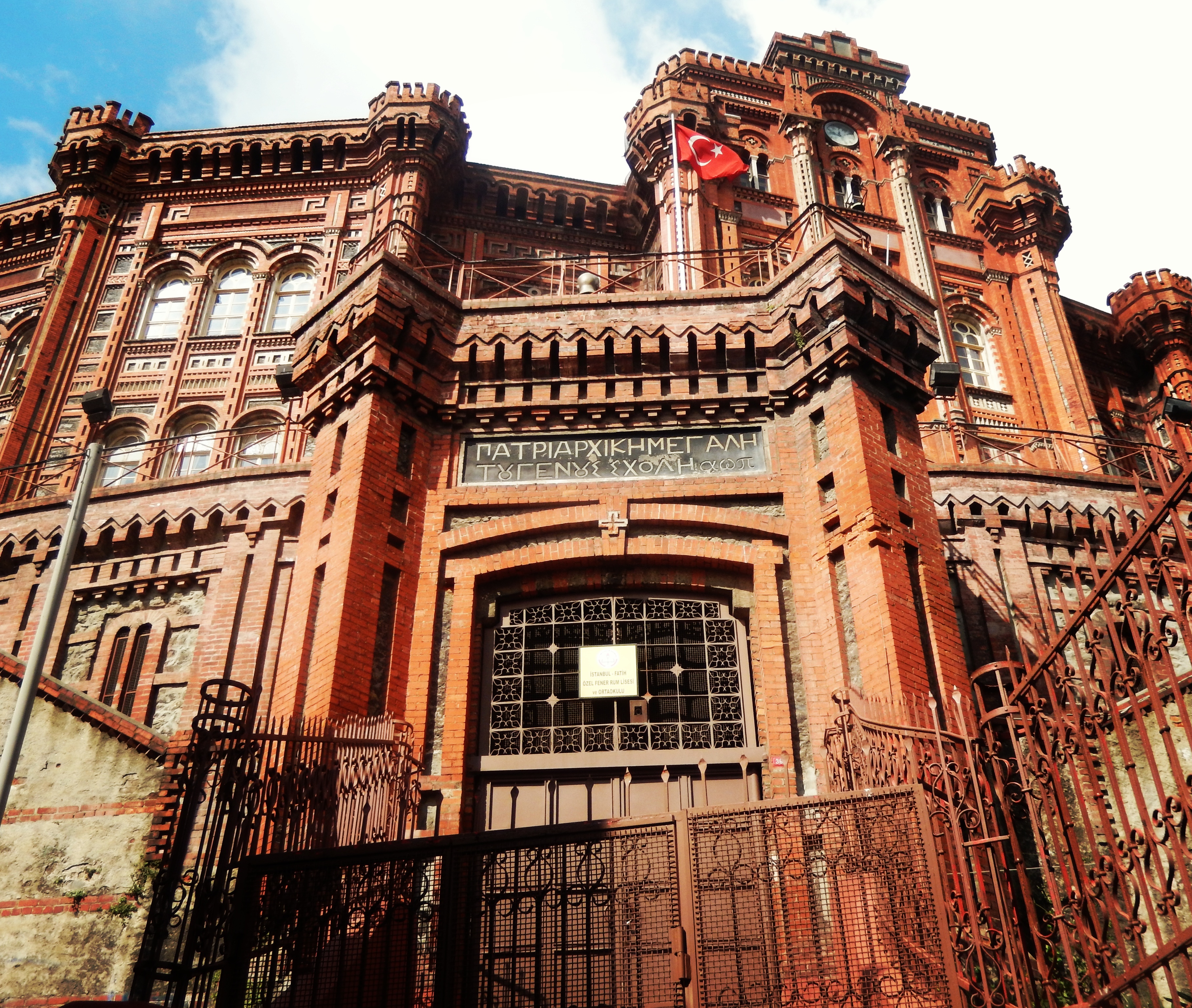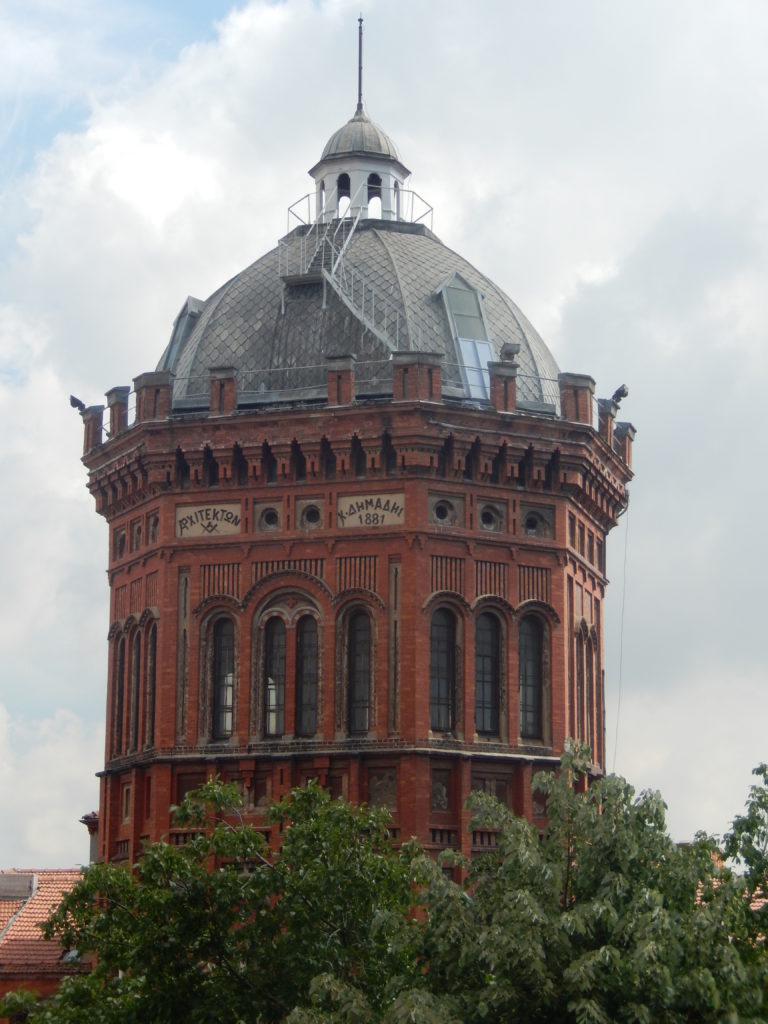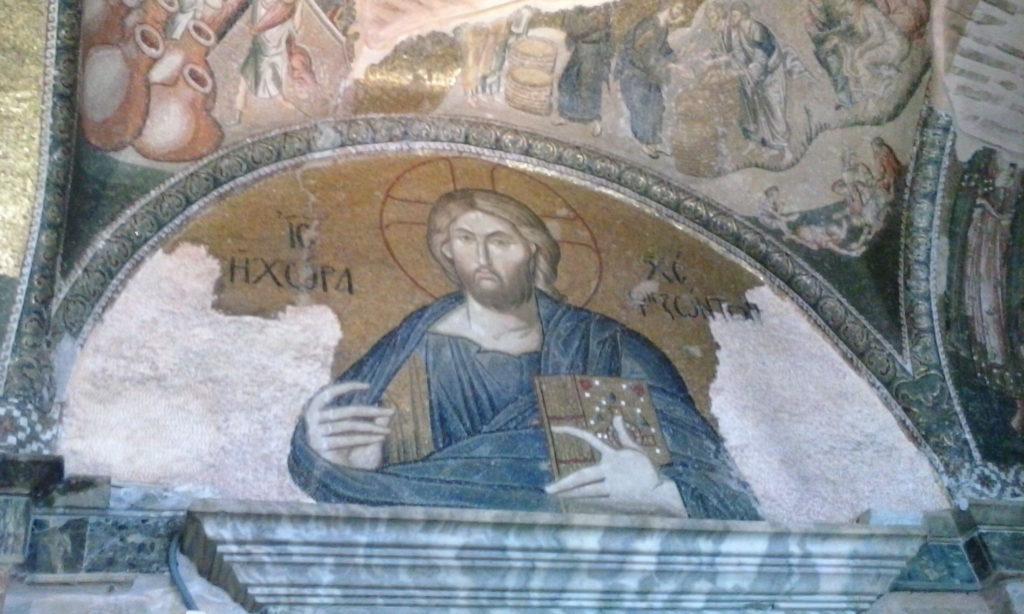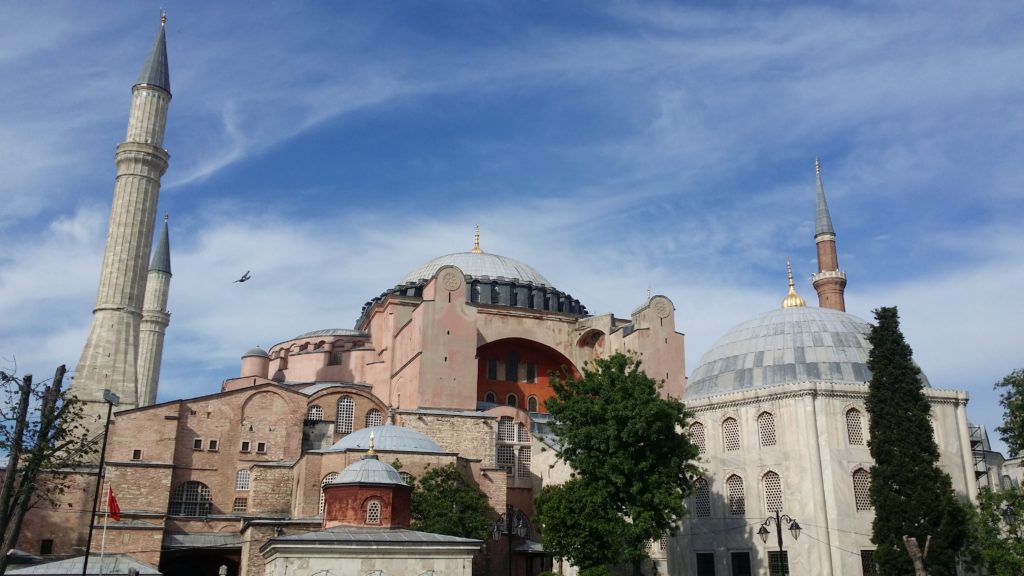Of the whole Istanbul, the area of Fener is certainly the richest in history, the most fascinating and characteristic.
After the Fall of Constantinople in 1453, the Fener district became home to many of the Greeks in the city. The Patriarchate of Constantinople moved to the area as well and is still located there. During the Ottoman period, the Greek inhabitants of Fener were called “Phanariotes” and were important assistants to the Sultan in various capacities and offices.
Once entered in the quarter of Fener, the roads will start to get narrower and labyrinthine. We´ll discover historic wooden mansions and churches dating from the Byzantine and Ottoman eras. We are going among houses of bizarre colours and shapes, where we can feel the Greek history of Istanbul.
PROGRAMME
In Fener is situated one of the most important locus for Christianity: the Ecumenical Patriarchate of Constantinople. It is for the Orthodox believers the equivalent of St. Peter in Rome for the Catholics. The historic and symbolic importance of this place is huge. It is one of the five main centres of Christianity: in fact, in order of hierarchy, the Patriarchate of Constantinople is the second after Rome and precedes Alexandria, Antioch and Jerusalem.
The Church of St. George (Καθεδρικός ναός του Αγίου Γεωργίου,) is the principal Greek Orthodox cathedral still in use in Istanbul, the largest city in Turkey and (as Constantinople), the capital of the Byzantine Empire until 1453. Since about 1600 it has been the seat of the Ecumenical Patriarchate of Constantinople, the senior patriarchate of the Greek Orthodox Church and recognised as the spiritual leader of the world’s Eastern Orthodox Christians.
Greek Orthodox College, known in Greek as the Great School of the Nation (Μεγάλη του Γένους Σχολή) is the oldest surviving and most prestigious Greek Orthodox school in Istanbul. Despite its function as a school, the building is often referred to as “the 5th largest castle in Europe” because of its castle-like shape.
The Church of the Holy Saviour in Chora (Ἐκκλησία τοῦ Ἁγίου Σωτῆρος ἐν τῇ Χώρᾳ) is a medieval Byzantine Greek Orthodox church preserved as the Chora Museum. The Chora Church is not as large as some of the other surviving Byzantine churches of Istanbul (it covers 742.5 m²) but it is unique among them, because of its almost completely still extant internal decoration. The interior of the building is covered with some of the oldest and finest surviving Byzantine mosaics and frescoes; they were uncovered and restored after the building was secularized and turned into a museum.
AND MORE…
Hagia Sophia (Αγία Σοφία) was a Greek Orthodox Christian patriarchal basilica (church), later an imperial mosque, and now a museum. From the date of its construction in 537 AD, and until 1453, it served as an Eastern Orthodox cathedral and seat of the Patriarch of Constantinople (except between 1204 and 1261, when it was converted by the Fourth Crusaders to a Catholic cathedral under the Latin Empire).
Because of this history, it is unique among all the world’s grandest temples.
The dome is 56 metres high, and over 31 metres across, and is the largest one built in the Byzantine empire. Despite damage by earthquakes, fires, and the passage of time, the original design has lived on for close to 1500 years.
The Hagia Sophia has served as both a shrine of peace and an everlasting fountain of mystery down the centuries.
Hagia Sophia is wonder of the world – it has spanned so many centuries, cultures, religions, artistic movements, political junctures,
Enjoy a journey through one of the oldest buildings in the world with us!
Price:
Upon request
Tour price includes:
Entrance fee (The Church of the Holy Saviour in Chora, Hagia Sophia).
Licensed tour guide to English speaking.
For information and reservation contact us:
e-mail: savourturkey@gmail.com
mobile: +420 603 520 697







